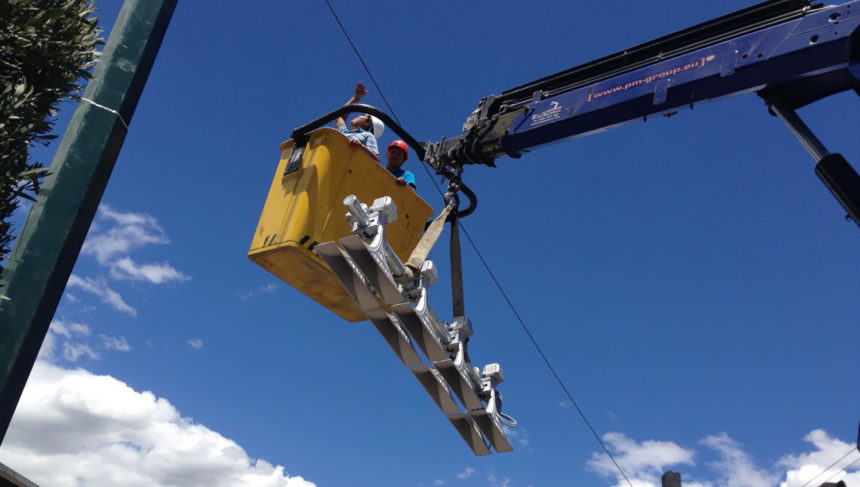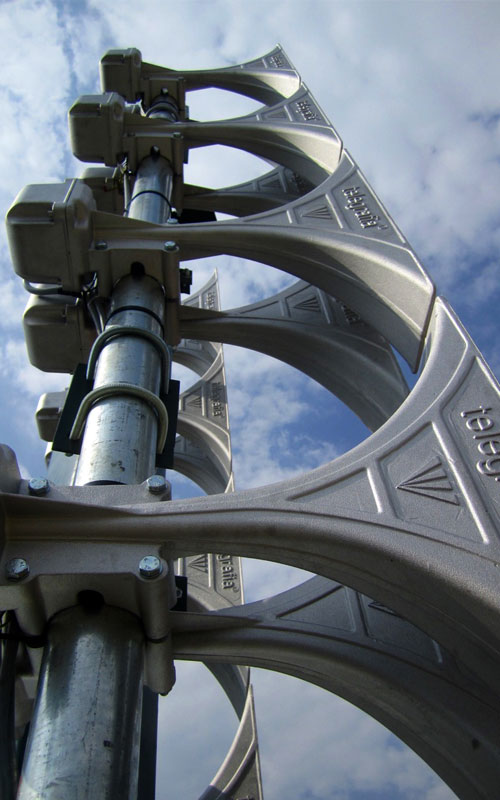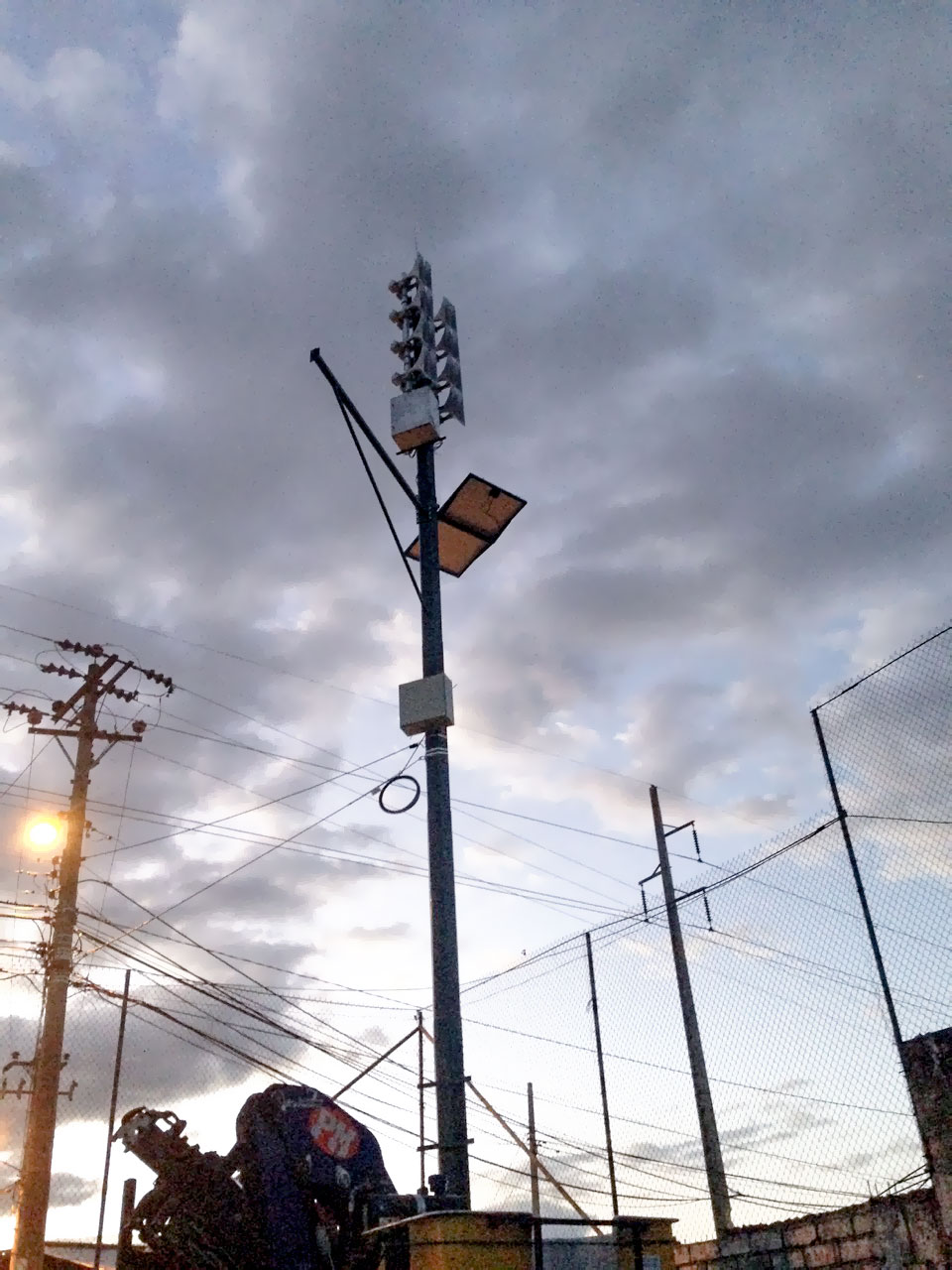
How to Warn the Local Population in Case of a Volcanic Eruption? Part 2/2: Early Warning System as the Only Solution
Name of the Project:
Country:
Goal of the Project:
Devices:
Date of the Project:
Early Warning System in the Endangered Area of the Cotopaxi Volcano, Ecuador
Ecuador, South America
Delivery of Well-audible and Intelligible Early Warning System Capable of Sending Evacuation Messages All over the Endangered Area in Case of a Volcanic Eruption
Pavian Sirens, Vektra® Warning
2015/2016
Stringent Requirements for a Reliable Warning System
Not only did the 2015 activity of the Cotopaxi volcano (read more about volcanic threats in Ecuador in Part 1/2: Danger of Volcanic Eruption in Ecuador) frighten the people watching the smoke coming out from the crater, but also the responsible authorities. They decided to act quickly.
Their requirements for an early warning system were strict as the danger was too real:

The System Fully Backed-up and Ready-to-Use in Extreme Conditions
The Telegrafia company was asked to provide such a system in record time. At the end of the year 2015, three Pavian 1200 and three Pavian 2400 sirens were installed, together with an intelligent control centre. The control centre is fully backed-up, contains the Vektra® Warning software, monitoring, managing, testing and displaying the sirens installed, and the OCP11 control panel, backing up the Vektra® software.
Both Vektra® Warning and OCP11 can communicate with the six sirens via three communications channels:
1. Radio
2. Ethernet
3. Data GPRS
As some of the sirens are far from the control centre and there is no direct view, radio retranslation was needed. A retranslation station was provided by Telegrafia as well. The system permits live-voice streaming in real time.
Each Pavian siren is optimally located so that it covers the maximum possible number of people within the endangered area. It is heard by approximately 50,000 inhabitants, and the sound coverage is approximately 15 km2. In case that all the communications channels in the control centre fail, each siren can be activated locally and separately, but the local control unit can activate all the sirens at once as well.
In case of a power failure, all the sirens, even the retranslation station and communications unit, in the control centre, have backup batteries. Every siren is powered from both the mains and a solar panel. Apart from being powerful and fully backed-up, the system offers long-term energy savings.

Conclusion
All six sirens, two different control devices, and a fully backed-up source of power supply, communicating via three independent communications channels, alert more than 50,000 people if there is a volcanic eruption. The system can be characterised as follows:
- The control centre is equipped with two different devices: the Vektra® Warning software and the OCP11 control panel.
- Vektra Warning monitors, activates/deactivates, reads siren statuses, and receives asynchronous messages from the sirens.
- Three communication channels are available for the communication between the sirens and the control centre.
- Every siren can be activated at both local and systemic levels (a single siren or the whole system).
- The whole system is fully backed up by maintenance-free batteries.
- The sirens are powerful, their output being 1,200 W or 2,400 W, with the simple directing of the sound.
- Power to each siren is supplied from the mains and solar panels.
- The sirens can reproduce up to 64 sounds/alarms/ voice messages.
- The sirens can reproduce live-voice announcements in real time.
- It is possible to completely auto-diagnose every siren.
- All the events are stored in a well-arranged database.
- The whole system was manufactured in two weeks: a real race against time.

The article was written by
Petra Rychtarcikova
Petra is an international business manager in charge of Spanish, French and Portuguese-speaking countries. Petra, with her global, economic and logistic background and knowledge of four languages, does very productive and responsible work for Telegrafia. Latin-American affairs, travelling, tourism and electronic sirens are her hobby, and she is pleased to bring you exciting information from the Telegrafia world.
